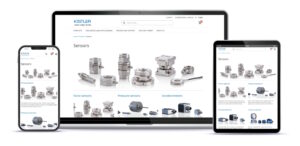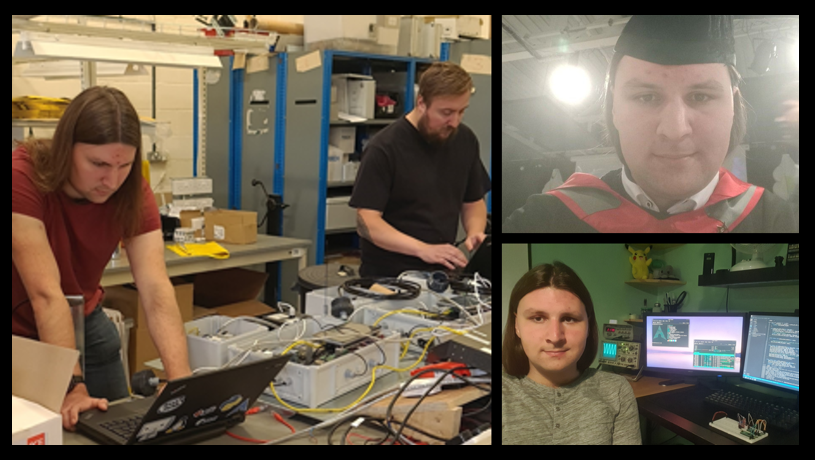Kistler has unveiled its newly overhauled website, which now gives easy access to the most suitable product solution for a huge range of applications. Initially, customers from Germany can order measurement technology products online in a new web shop, with international customers set to follow.
Kistler offers measurement technology for a wide range of user groups and applications, from single sensors to complete measurement solutions. Potential applications include quality assurance in production, weight control of trucks, and aerospace testing. Kistler’s focus on the user-friendliness of the new website makes it easy to locate the right product in this extensive portfolio. Users from different industries and sectors can quickly find the product category relevant to them via the “Industries and Applications” tab. Illustrations and videos make complex measurement solutions easy to understand and suitable equipment for any application easy to find. Using the filter function, the product range can be narrowed down to the most relevant options. 3D models, data sheets and operating instructions further facilitate product selection.
Pilot phase of web shop started
In Germany, the large product selection is now available online for the first time via the redesigned website. During the pilot phase, German customers can order standard sensors and corresponding accessories directly by logging into the “myKistler” user area. Products requiring further advice such as custom-made items can also be added to the virtual shopping basket. The check-out function then sends the request to the relevant experts at Kistler, who will get in touch straight away.
“It is important to us that we offer easy access to our products to customers from all over the world, from different industries and with a different knowledge of measurement technology,” says David Stucki, Head of E-Business, who is responsible for the launch of the new website. “This is why we have adapted the site to local needs in some regions. Users will, for example, primarily see references from their own country of residence,” adds Christoph Keller, Corporate Program & Project Manager. While online shopping is initially only possible in Germany, preselecting products via the shopping basket is available worldwide. The sale is then concluded with the help of Kistler employees. Step by step, Kistler is set to make the other functions of the web store available worldwide. “Experienced experts, who work very closely with our customers, continue to be an important part of Kistler’s success. With the launch of the new website and the “myKistler” customer portal, we want to provide our customers and our team with a powerful tool that allows quick access to relevant information such as prices, availability and order history,” says David Stucki.
 Instrumentation Monthly Test | Measurement | Control
Instrumentation Monthly Test | Measurement | Control









